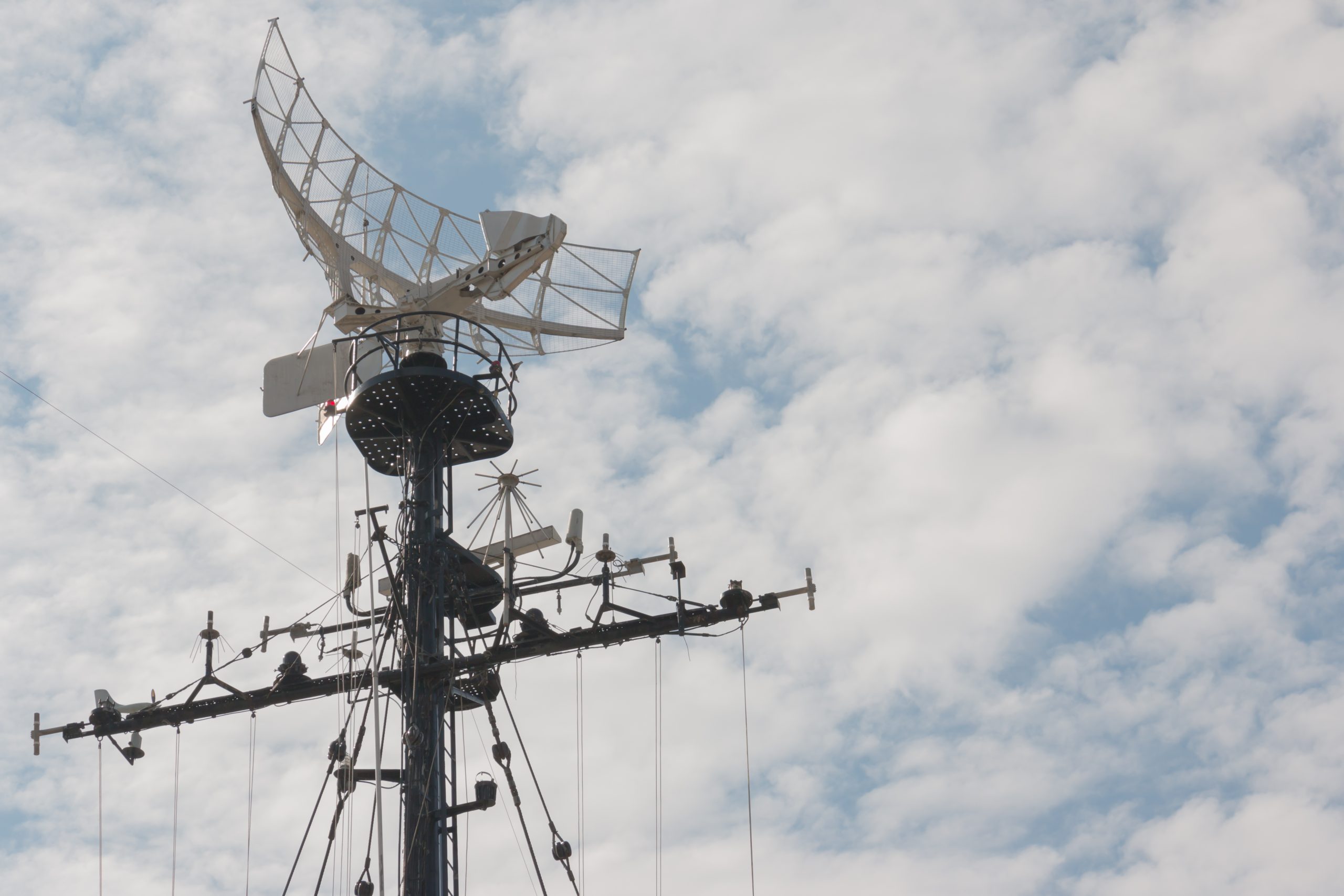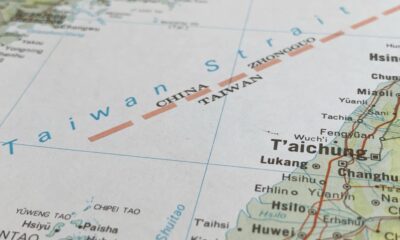Philippines, US Strengthen Defense Ties With Strategic Sea Patrols

In a decisive move that marks a turning point in Asia-Pacific security dynamics, the Philippines has commenced joint air and sea patrols with the United States military, a significant development in the waters near Taiwan, which are also close to the contested South China Sea. This cooperative action is seen as a direct response to the increased assertiveness of Chinese military operations in the region.
Officials have confirmed that the joint patrols began on Tuesday, involving three Philippine navy ships, two FA-50 light combat aircraft, and an A-29B Super Tucano light attack plane. The United States is contributing a littoral combat ship and a P8-A Poseidon maritime patrol and reconnaissance aircraft to these efforts.
Philippine President Ferdinand Marcos Jr. has characterized this initiative as a reflection of the fortified alliance between the Philippines and the United States, two nations bound by a history of defense cooperation. Marcos expressed confidence that this partnership would lead to a “more secure and stable environment” for the Filipino people.
This military cooperation comes after defense officials from both countries agreed earlier this year to revitalize joint patrols in the South China Sea, a move away from the previous administration’s stance, which had seen a halt to such measures in 2016. The patrols also follow President Marcos’ comments at a forum in Hawaii, where he described the situation in the South China Sea as increasingly “dire” due to the proximity of Chinese military forces to the Philippine coastline.
The decision to resume these patrols is not merely a routine military exercise but indicates a more profound strategic pivot. Under President Marcos’s leadership, the Philippines is visibly strengthening its defense posture in the face of what has been described as “aggressive activities” by China in the South China Sea, an area fraught with territorial disputes and a potential flashpoint between global powers.
The patrols are expected to irk Beijing, which maintains a sweeping claim over the South China Sea based on its “nine-dash line,” a demarcation that extends far south of the Chinese mainland and overlaps with the exclusive economic zones of several Southeast Asian nations, including the Philippines. However, the Philippine government’s action clearly indicates its resolve to assert its rights within its exclusive economic zone and to send a message of deterrence against potential incursions.
China, on its part, has reiterated through its embassy spokesperson that defense and security cooperation should promote regional peace and stability and not escalate tensions. However, the embassy in Manila has yet to comment on these recent patrols.
In coordination with the United States, this latest move by the Philippines signals a shift from the more accommodating approach taken by former President Rodrigo Duterte toward China. It reflects a recalibration of Manila’s foreign policy and defense strategy, emphasizing sovereignty and the importance of alliances in upholding international law and regional order.
As the joint patrols commence, the eyes of the world, particularly those concerned with the freedom of navigation and the rule of law in international waters, are watching. The outcome of this strategic partnership could very well set the tone for future relations in a region that continues to be at the heart of global geopolitical challenges.
























